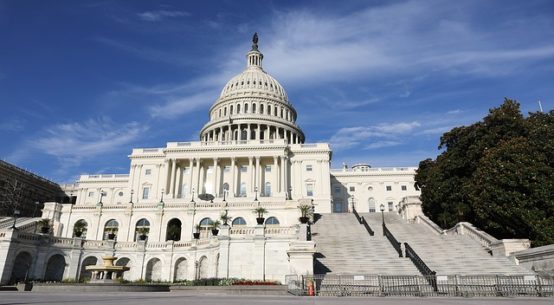
PERHAPS you have an older relative who entertains (or bores) you with tales of how in their day, they bought marijuana by the “lid,” and it had crazy names like Santa Marta Gold, Panama Red, and Thai stick.
And it wasn’t just cheaper, it was better—it made you laugh for hours, and didn’t cause overwhelming sleepiness.
“The stuff today just makes me tired,” they grumble in their tie-dyed dashiki, reeking of patchouli.
But before you discount Captain Flower Power’s burnout ramblings, it’s worth examining how we went from Giggle Bud to Couch-Lock Kush.
In this column, we’ve previously looked at how cannabis became popular in the US, how most of it came from Mexico, and how, by the mid- to late 1970s, 90 percent of marijuana was imported from outside the country.
Then the US began spraying the toxic herbicide paraquat on fields of cannabis grown in Mexico, in an effort to stem the flow into the States.
Sure, some got onto food crops and livestock and people, but you know—America, fuck yeah!
At the same time, a “back to the land” movement was under way, and Haight-Ashbury refugees were buying cheap acreage in the Humboldt, California, area, later known as the Emerald Triangle.
They plucked out the seeds they found in bags of pot they bought, and began their own outdoor grows. This also started the “sinsemilla” style of growing, in which male plants were yanked out early, allowing for “seedless weed,” which was stronger and commanded a higher price.
In 1983, CAMP was created—the Campaign Against Marijuana Planting, a complex collection of over 110 local, state, and federal agencies with a specific mission to eradicate outdoor marijuana cultivation.
It’s the largest law enforcement task force in the US and initially conducted its mission with the use of heavily armed drug warriors descending from helicopters.
Many people, not wishing to be shot to death for growing a plant, opted to take their grow ops indoors.
The problem was that the strains they had been growing outdoors were primarily sativa—plants that grew 15 feet or taller, and took months to complete their growth cycles.
But globe-trekking hippies who had visited the Hindu Kush region—land that includes Afghanistan and Kashmir—discovered strains of cannabis that grew faster, remained a manageable height, and produced a more narcotic drowsy effect.
These were indica plants.
Soon, these highly sought-after seeds became the strains to grow, and that in turn begat the legendary Humboldt weed. The region produced such high-quality cannabis that, by 2010, 79 percent of the marijuana consumed in the US came from California.
Now it seems that pendulum is slowly shifting back. With the widespread access of medicinal marijuana now in 23 states, there’s been a resurgence of the old-school-style sativa strains, domestically produced and paraquat free.
But no one calls it a “lid” anymore, Grandpa.

